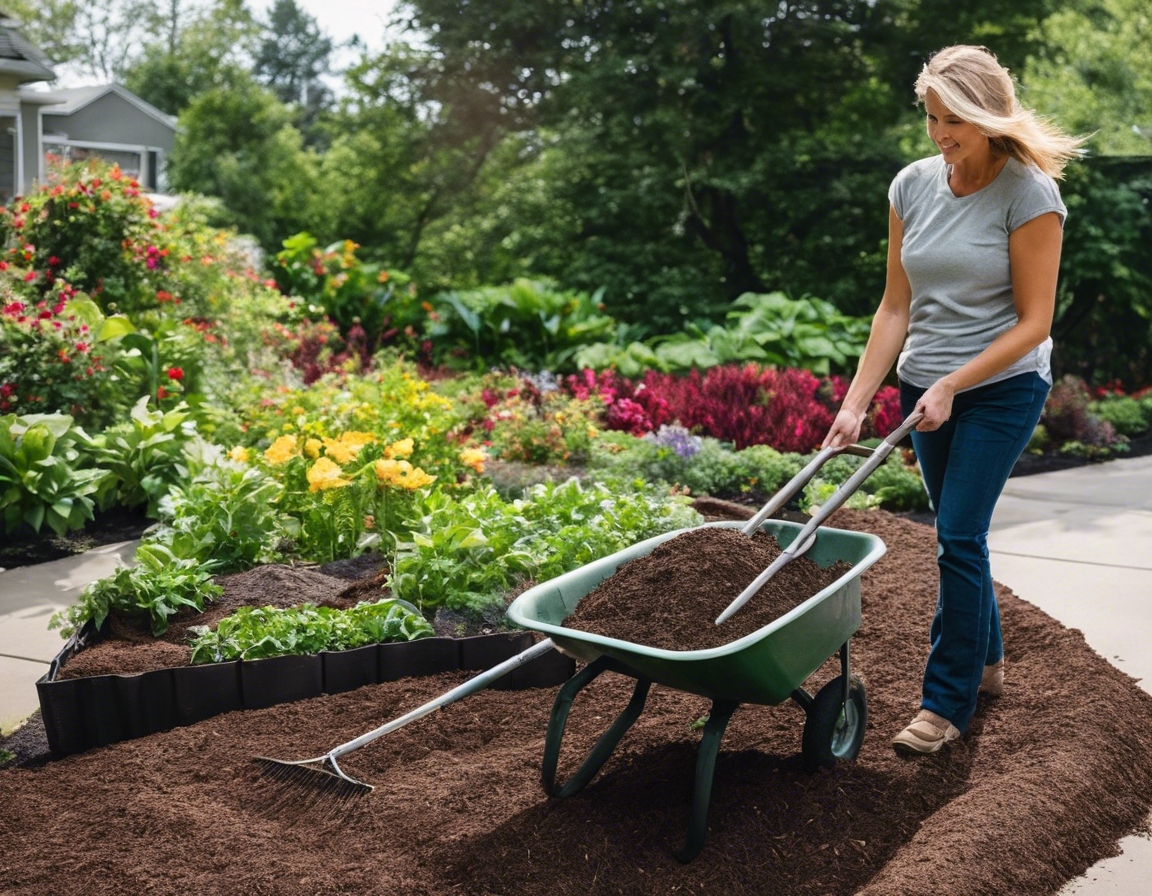The ultimate guide to seasonal lawn care
Understanding the nuances of seasonal lawn care is essential for maintaining a lush, healthy lawn throughout the year. Each season brings unique challenges and opportunities for lawn care, and being prepared is key to ensuring your grass thrives.
Spring Lawn Care Essentials
As the snow melts and the ground thaws, it's important to evaluate the condition of your lawn. Look for areas of compaction, thatch build-up, and any signs of disease or pest infestation.
Clearing away leaves, twigs, and other debris is crucial for preventing mold growth and ensuring sunlight reaches the grass roots.
Aerating your lawn allows for better air, water, and nutrient penetration. Overseeding can help fill in bare spots and improve the overall density and color of your lawn.
Applying the right fertilizer in spring kick-starts grass growth and helps prevent weeds. Pre-emergent herbicides can be effective in controlling weed growth before it starts.
Begin mowing with sharp blades and at the correct height for your grass type. Watering should be done deeply and infrequently to encourage strong root growth.
Summer Lawn Maintenance Strategies
In the summer, raise the mowing height to reduce stress on the grass. Mow regularly, but avoid cutting more than one-third of the grass blade at a time.
Water your lawn early in the morning to minimize evaporation and to help the grass withstand the heat of the day.
Be vigilant about pests and diseases. Quick identification and treatment can prevent widespread damage.
A light application of fertilizer can help maintain lawn vigor during the summer months, but be careful not to over-fertilize, which can lead to burn.
Autumn Lawn Care Tactics
Autumn is the perfect time for overseeding and aeration, as the cooler temperatures and increased rainfall help new grass establish.
Regularly remove fallen leaves or mulch them to provide nutrients to the soil and prevent suffocation of the grass.
As temperatures drop, reduce the frequency of watering and mowing. Prepare your lawn for dormancy by gradually lowering the mowing height.
A fall fertilizer application can help strengthen roots and store nutrients for the winter.
Winter Lawn Protection
Conduct a final mow and trim before the first frost to prevent matting and snow mold.
Avoid walking on the lawn when it's frosted or dormant to prevent damage to the grass blades.
Winter is a good time to plan for the upcoming spring. Consider any lawn care strategies or improvements you want to implement next year.





Comments (0)